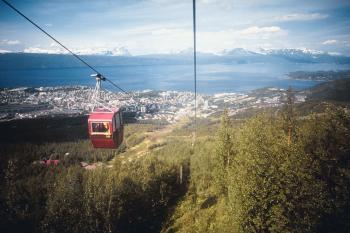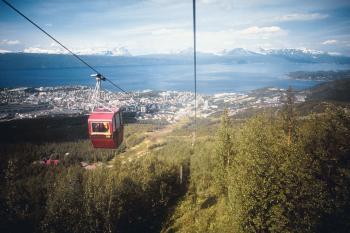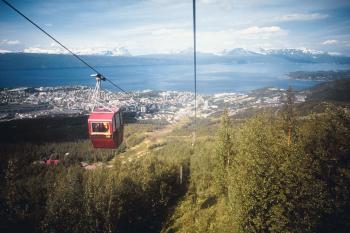The 1,000-year-old city of Bergen, Norway, might seem like an unusual place to find inspiration for how to live well in the future, but this picturesque spot is full of such surprises.
Located on the west coast of the country, Norway’s second largest city was founded in 1070 when King Olav Kyrre sailed into its harbor and liked what he saw. And why not? Having served as the capital of Norway during the 12th and 13th centuries, Bergen today is home to 240,000 inhabitants and is a community that immediately makes sense because of its modest scale and the respect its citizens pay to the environment.
UNESCO World Heritage Homes
Bryggen, located along the eastern shore of Vagen Harbor, is the city’s most visited neighborhood. It beckons travelers to get out of their cars and tour buses and move around by foot to enjoy the plentiful restaurants and shops.
Bryggen’s collection of 60 wood plank buildings, some built during the 1700s, dazzles visitors with eye-catching primary colors. These buildings and the history they represent are the main reason why in 1979 Bergen was named a UNESCO World Heritage Site.
“Nowhere in the world will you be able to see wooden houses such as these still being lived in,” says my guide, Beate Salen.




